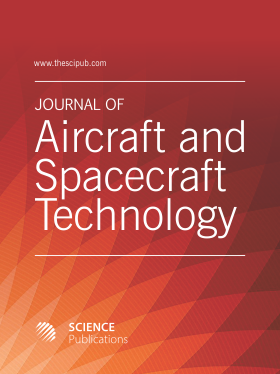Modern Propulsions for Aerospace-A Review
- 1 Bucharest Polytechnic University, Romania
- 2 Second University of Naples, Italy
- 3 American University of Ras Al Khaimah, United Arab Emirates
- 4 Union College, United States
Abstract
A spacecraft propulsion is any method used to accelerate spacecraft and artificial satellites. There are several different methods, each with advantages and disadvantages, spacecraft propulsion being an active area of research. However, most current spacecraft are propelled by forcing a gas exits through the rear of the vehicle at high speed through supersonic nozzle of a rocket engine. All spacecraft are using chemical rockets (fuel or solid fuel) to launch, although some (such as Pegasus missiles and Space Ship One) are using air jet engines in the first step. Most satellites have simple chemical thrusters (often missiles mono) or missiles resistojet to maintain orbit. Soviet bloc satellites have used electric propulsion for decades and the new Western geo-orbital spacecraft begin using electric propulsion for orbit maintenance of north-south. There is a need increasingly of more new propulsion systems, modern, technology-based.
DOI: https://doi.org/10.3844/jastsp.2017.1.8

- 6,571 Views
- 4,456 Downloads
- 66 Citations
Download
Keywords
- Spacecraft Propulsion
- Chemical Rockets
- Jet Engines
- Satellites
- Electric Propulsion
